Management 3.0 Facilitator Norma Lidia Acevedo Lopez shares her experiences with a joint venture between the Talent Acquisition and Product Development teams, highlighting the benefits of collaborative hiring and agile recruitment practices. Norma is also an Agility in HR facilitator.
Key Takeaways
- In the IT sector, talent acquisition (TA) and retention have become crucial for growing enterprises in the last few years.
- Speed, collaboration, and transparency are key factors to success.
- Good collaboration between the TA and the development team (dev team) helps smooth candidate integration during the hiring process.
- Candidates want to be valued and perceived as human beings from the beginning.
- No tools, recruiting channels, or methods can replace the relationship with the employee market. Happy employees and satisfied candidates are the best branding strategy ever!
Where It All Began
Four years ago, I joined a growing German startup that planned to rapidly and extensively expand its IT development organization.
The IT development organization was born agile, and the Talent Acquisition (TA) team started adopting Agile principles. The question was: Could Agile principles help the TA team overcome challenges?
Management 3.0 provides great tips on ‘Hiring Great People.’ This article will highlight some of those principles.
The Problems to Solve
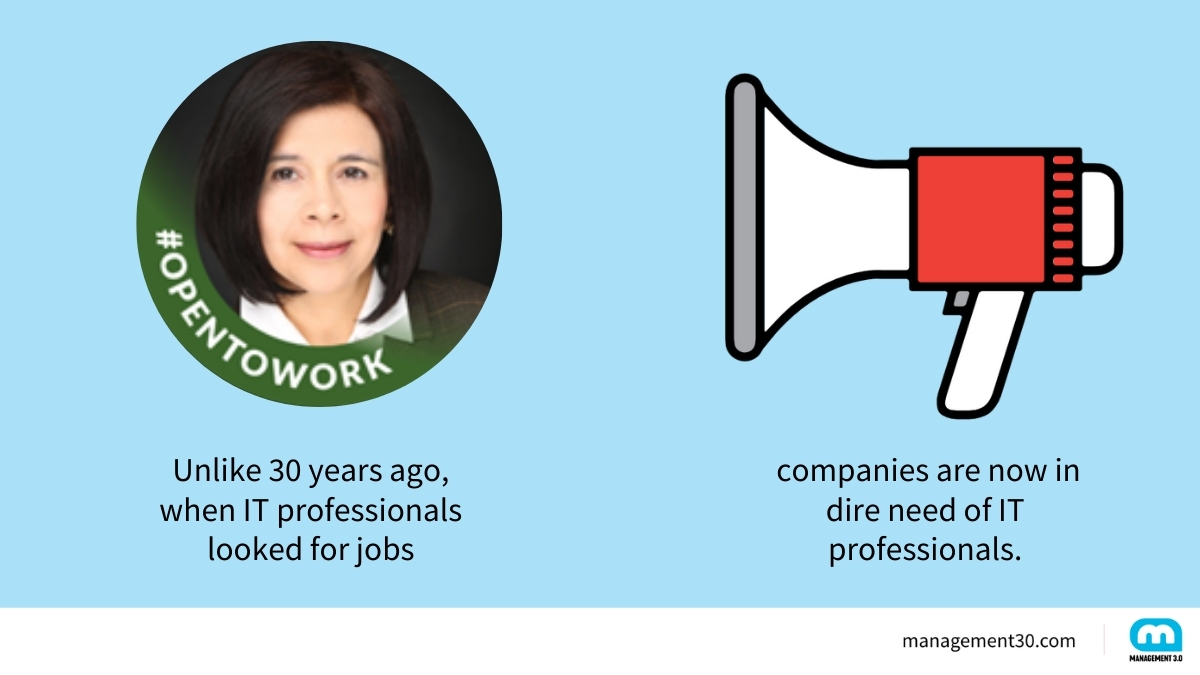
Our situation was similar: the demand for IT professionals was far higher than the supply!
Martie, the Management 3.0 monster, illustrates the six views of organizations. One view is ‘Grow Structure,’ which emphasizes the importance of several teams operating within a complex organization. This was crucial for our company.
Nowadays, the challenge is to recruit and retain the best professionals in the sector, starting with the five recruitment steps defined by Management 3.0. This article focuses on steps 2, 3, and 4.
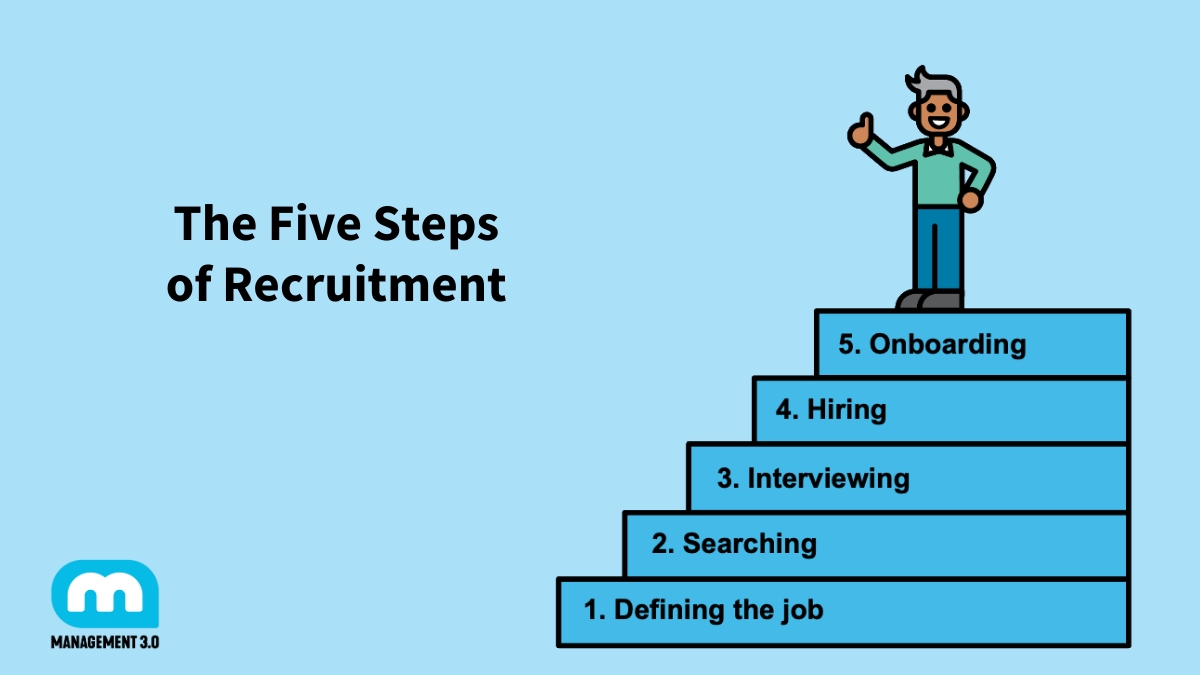
According to the USA Bureau of Labor Statistics, occupation group: Software Developers, Quality Assurance Analysts, and Testers, employment in computer and information technology occupations is projected to grow 22% from today to 2030, faster than the average for all occupations.
Employment agencies confirm that the war for talent is fierce. However, our company bureaucracy made talent acquisition extremely difficult.
There was a sense of urgency across all company areas regarding hiring. Even the development teams were very concerned and willing to help, as they suffered from a lack of new colleagues. The development teams are the primary stakeholders of our recruiting team!
To mitigate the scarcity of IT employees, the leadership team explored the idea of opening a development center in Bulgaria. After months of investigating, we traveled to Sofia to create the first development center outside Germany. Seeking IT professionals in Bulgaria was no easier than in Germany: many international corporations were already established in Sofia, with more to come soon.
The problem was not solved.
We needed to get back to the drawing board.
Facing the Challenges
The first step was to organize a workshop with the Bulgarian development teams, which sent representatives to analyze the situation, identify the obstacles, and find ways to remove them.
Significant obstacles identified:
Challenge 1: Lengthy and Bureaucratic Hiring Procedures
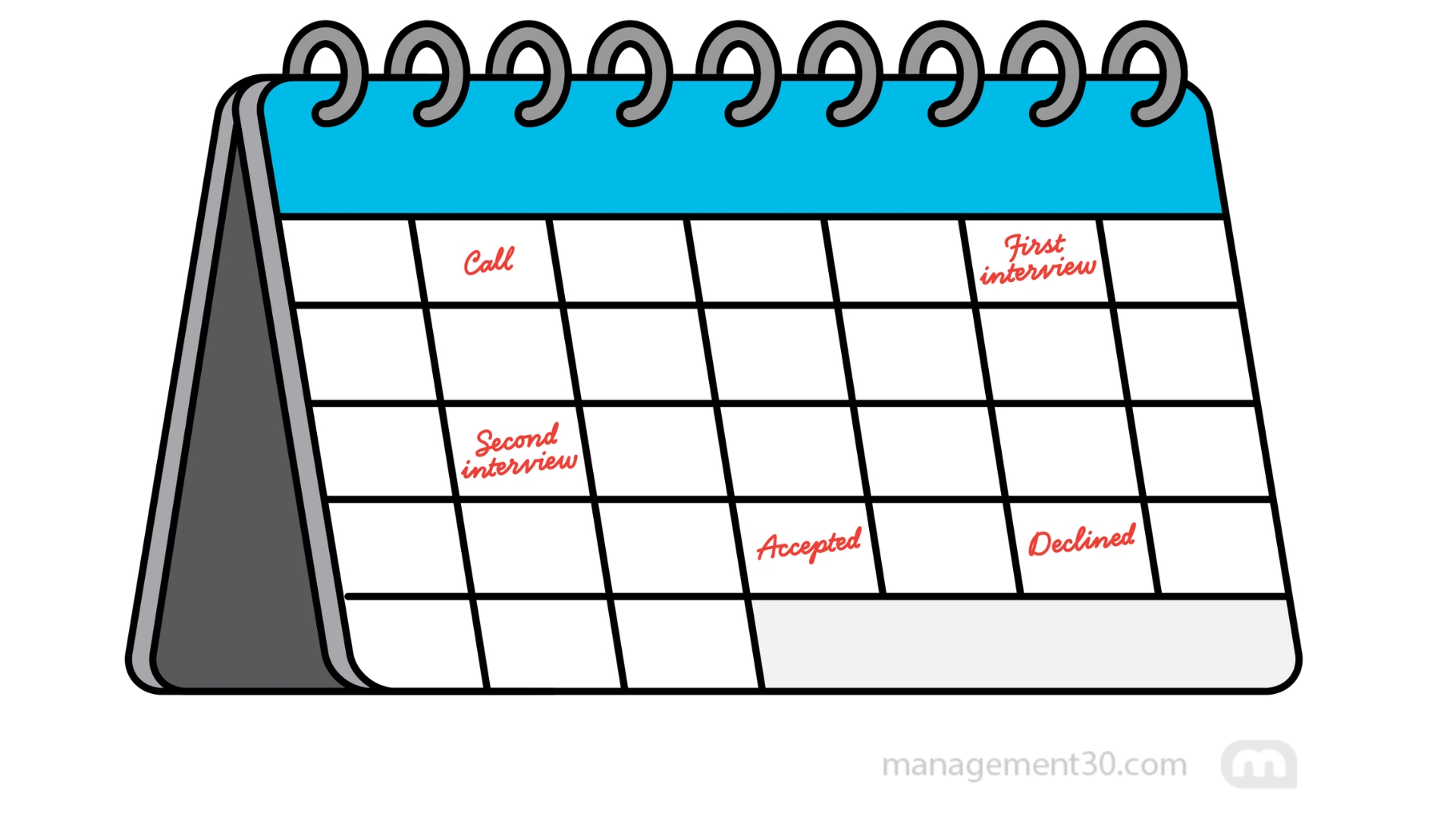
The typical steps our hiring process included when hiring a new employee were as follows:
- After the first successful telephone interview with the candidate and the TA manager, the application form was sent to the hiring manager’s review funnel.
- If the application passed the hiring manager’s review, a second interview was scheduled with the hiring manager, TA manager, and the candidate.
- If the second interview was passed, a third interview with experienced developers was scheduled.
- After this, the decision was made, and the TA manager approached the applicant to offer the position.
Challenge 2: Little Development Team Involvement When Choosing a New Colleague
If the development team is not involved in the hiring process or does not make the final decision, the “ugly duck” story may be repeated. The new employee could become an “ugly duck” for the team!
Even in high-performing teams, there has to be a “good connection” among team members; personalities play a significant role! The Harvard Business Review article “Great Teams Are About Personalities, Not Just Skills” found that effective team performance is driven by the group’s average level of emotional intelligence and a high degree of communication between members.
Challenge 3: Lack of Transparency
The development teams wanted transparency during the process. They wanted to know who was being hired, which team was under pressure, which team needed backend developers or Java ones, etc. Furthermore, our development teams wanted to collaborate throughout the entire hiring process and have a transparent staffing status across all teams.
Transparency is the basis for trust, collaboration, and open communication.
The Problem-Solving Approach
To address the obstacles, we defined the following goals:
- Shorten the TA’s long and bureaucratic process from weeks to days.
- Reduce heavy documentation and promote dialogue between IT dev teams and TA.
- Increase dev team involvement in the entire process.
- Shift from a manager’s hiring decision to a collaborative team-driven choice.
- Ensure full transparency during the whole process.
Solutions Implemented:
Solution 1: Lean Process and Dev Team Collaboration from Beginning to End Decision
The TA team adjusted the documentation to the minimum needed and promoted dialogue instead of paperwork. The TA team even sat with the development team area to facilitate dialogue.
Collaborative Hiring with Team Day Concept
The “Team Day” concept was created and implemented, significantly shortening the process cycle time from weeks to days.
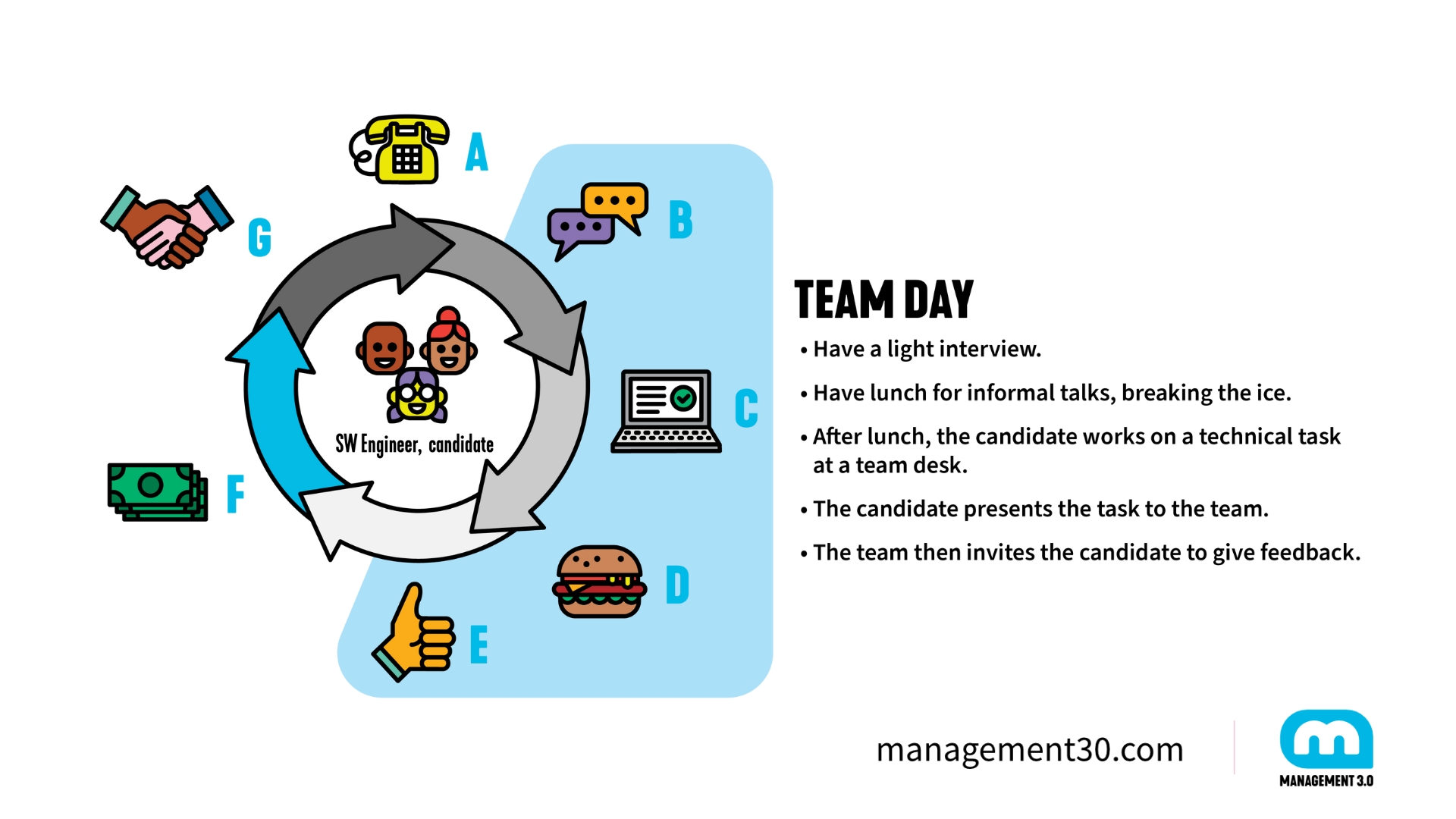
- Step A: Before the Team Day, the TA team contacts the candidate and arranges a date for the candidate to spend an entire day working with the team.
- Steps B, C, D, and E: These form the Team Day. The team meets the candidate to
- Have a light interview.
- Have lunch for informal talks, breaking the ice.
- After lunch, the candidate works on a technical task at a team desk.
- The candidate presents the task to the team.
- The team then invites the candidate to give feedback.
- Step F: The next day, the team makes a decision, communicated to the TA team and management.
- Step G: TA contacts the candidate to continue the process. If not accepted, the TA provides feedback. If accepted, the TA negotiates the contract, and the dev team is notified of the start date.
Collaborative Hiring: How the Team Day Works
Management 3.0 offers several practices to support these steps:
- Delegation Poker to define the delegation degree the team has on the final hiring decision.
- START to Ace Your Behavioral Interview
- Personal Maps to learn graphically from the candidate and to present the company.
Solution 2: Full Transparency During the Whole Process
The holding company developed a dashboard to visualize the entire team’s staffing and requirements.
Staffing Board in Company Headquarters:
A visible board with team names, logos, member names, and roles.
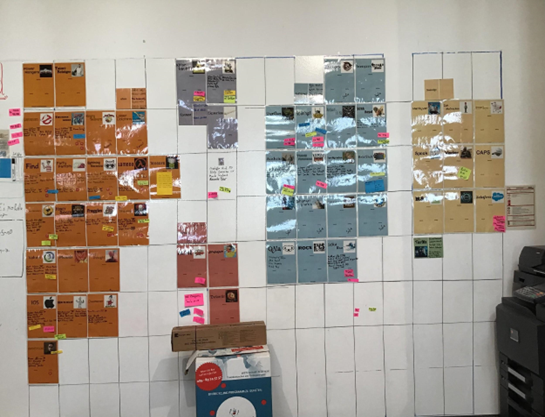
Colored post-it notes indicated:
- Pink: Needed role (I am needed)
- Green: Future new joiner name and arrival date (I will arrive)
- Blue: Team member absent for a reason, with return info (I am somewhere else)
- Yellow: Team member leaving and last contractual date (I will leave)
Inspiring Company Visitors:
External visitors, such as candidates and stakeholders, were positively impacted by the transparency and inspired to implement similar boards in their companies.
Solution 3: Determining Team Priority for New Member Allocation

One queue per requested role. Teams queued their logos in the corresponding role column.
In a weekly meeting, the development teams’ representatives and a TA representative prioritized the required role queues, e.g., Java dev, frontend dev, backend, UX/UI, Product Owner, scrum master, etc.
The prioritization was based on the criteria that the teams had formulated when defining the process. Two of the most important aspects were the “criticality of the deliverable,” which refers to the criticality of the artifacts that the team was delivering and the size of the team.
The team at the top of the queue had the highest priority and would be called first to schedule their “Team Day.”
In Bulgaria, we replicated the board.
Hiring was part of the dev teams’ daily work, but it was not visible on the task boards, making it a non-prioritized task. To change this, the dev teams and corresponding product owners agreed with product managers that hiring tasks should become part of the backlogs and be prioritized as any other backlog.
In our Agility in HR Workshop, recruiters, and other professionals working with people, will explore the Agile mindset and its application to HR practices. The workshop will cover topics like organizational design, roles, career paths, performance, goals, motivation, promotions, and talent acquisition.
Learnings From Our Collaborative Hiring Approach
- Enable dev team members to acquire and secure the best candidates for their teams and the company. Find ways to increase their talent acquisition competencies and engagement.
- Maintain respect and open communication with candidates.
- Don’t underestimate the power of a white wall at the center of your company – post the dev team staffing board there. Transparency builds trust, facilitating collaboration and good communication.
- Continuously improve your recruitment process with feedback from all involved.
These learnings can inspire you to review your recruiting process so that your company, with the support of Management 3.0 practices and principles, can also attract the best IT professionals!

